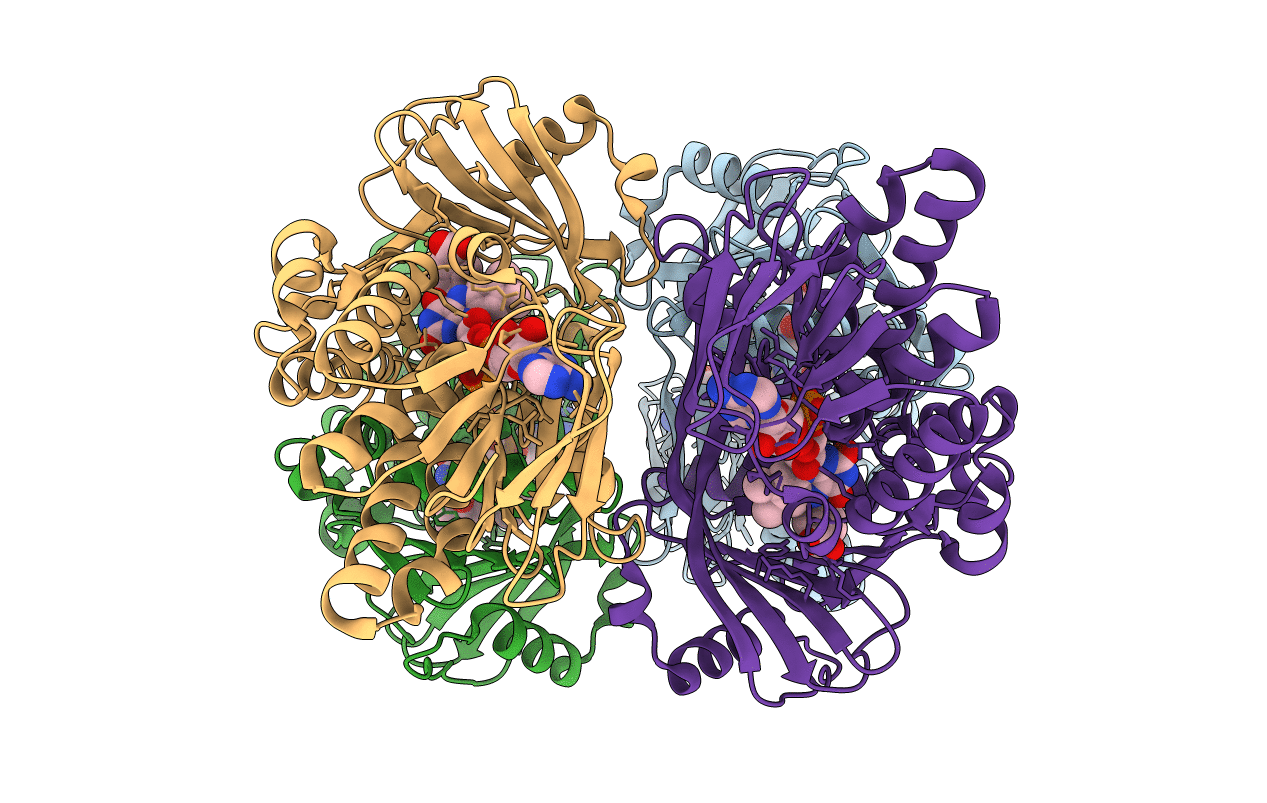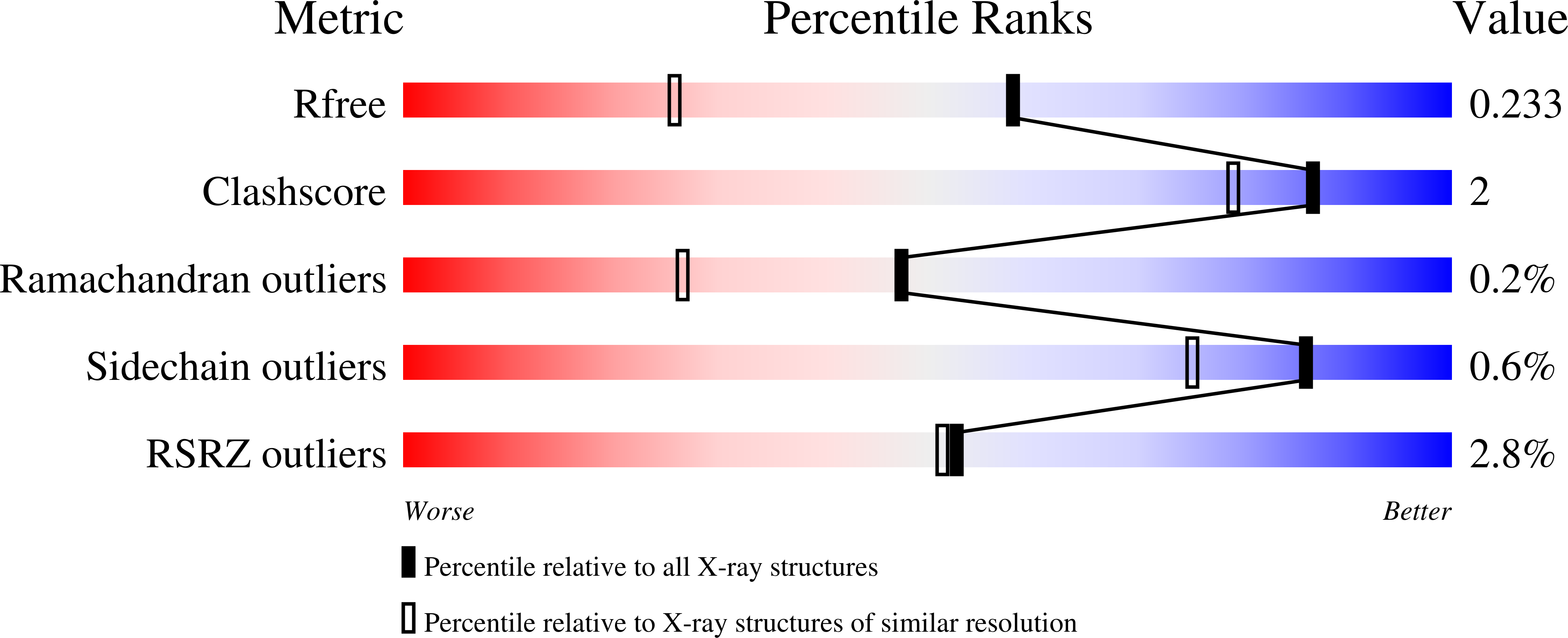
Deposition Date
2021-05-25
Release Date
2022-01-26
Last Version Date
2024-01-31
Entry Detail
PDB ID:
7ON9
Keywords:
Title:
Crystal structure of para-hydroxybenzoate-3-hydroxylase PraI
Biological Source:
Source Organism:
Paenibacillus sp. JJ-1b (Taxon ID: 649508)
Host Organism:
Method Details:
Experimental Method:
Resolution:
1.63 Å
R-Value Free:
0.22
R-Value Work:
0.20
R-Value Observed:
0.20
Space Group:
P 21 21 2


